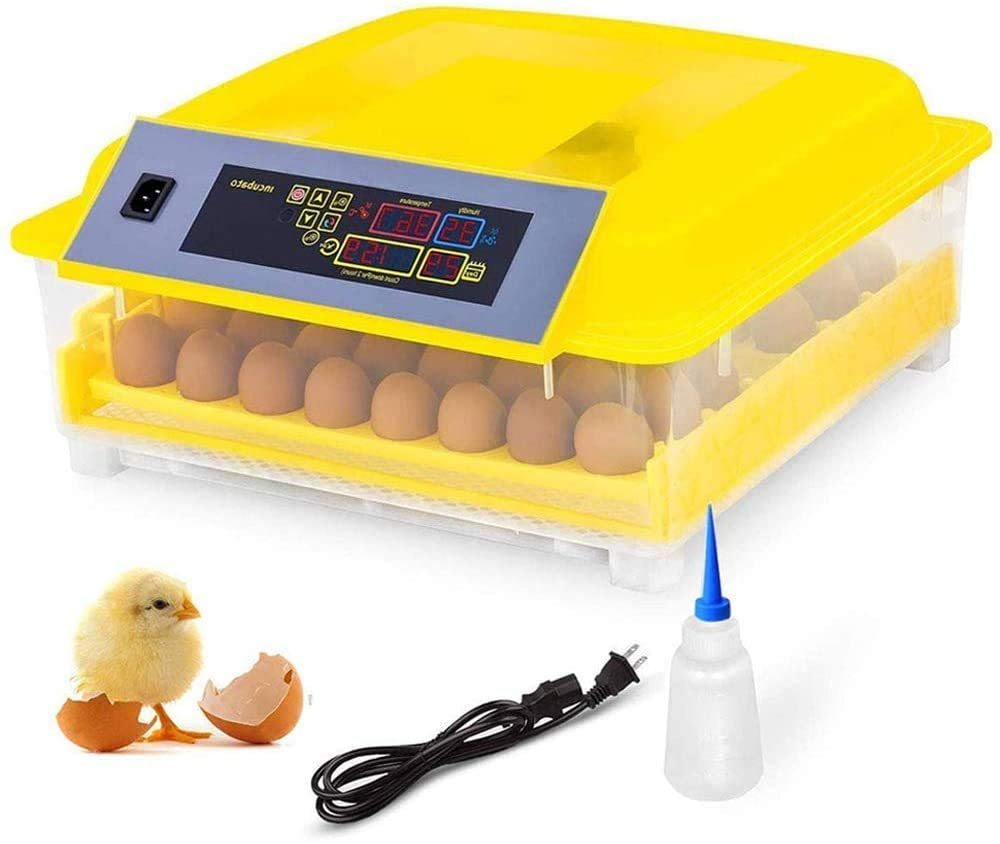

When your eggs arrive, most people are tempted to pop them into the incubator right away. Some people mess around with home-built incubators and hand-turning eggs, but these approaches never work as well as a commercial incubator and hand-turning eggs is a lot of time-consuming work. Start the incubator going at least two days before your eggs arrive so you can be sure you have them adjusted to the proper, stable temperature (100 degrees) and humidity (44%). Purchase a good, commercial incubator with an automatic turner equipped with quail egg rails. They have low hatch rates and high morbidity rates.

However, it is an excellent idea to introduce a new batch of purchased fertilized eggs now and again to avoid inbreeding in your colony. Once you have set up a quail colony, if you keep a few males you can produce your own fertilized eggs and hatch them out for raising quail in the future. Tip 1: start with hatching eggsĪlthough live chicks can be purchased, it is far more economical when raising quail to purchase viable fertilized eggs and hatch them out. A dozen laying hens will produce the equivalent of 3 chicken eggs every single day. In addition, quail are far more prolific egg-layers than chickens and reach butchering size in only a couple of months. Unlike chickens, which require a considerable amount of space to keep, two dozen quail can be kept in three stacked cages that together take up no more space than a closet even apartment dwellers can manage to produce their own fresh food or set up a small business. The following tips are specific to raising quail of the domesticated Coturnix quail species, but most of the tips can be adapted to raising quail of other species. Raising quail for meat and eggs is becoming increasingly popular.


 0 kommentar(er)
0 kommentar(er)
